|
by Patrice Green Hello gentle reader and welcome to mid-summer! The beautiful Queen Anne’s Lace is in full bloom. Yarrow is still out and about, and so is the poisonous Water Hemlock. These three plants look quite similar, so it behooves you to know the difference between them, especially since one of them is quite dangerous. Queen Anne’s Lace (Daucus carota): Yarrow (Achillea millefolium): Water Hemlock (Cicuta): “The Queen has hairy legs” said my teacher Tommy Priester and he’s right. One clear identifying trait of Queen Anne’s Lace is the fine “hair” on the stem of the plant. Queen Anne’s Lace is also known as Wild Carrot. Young plants are quite edible but older plants are often too tough and woody to be easily digestible. The roots smell like carrots, hence the name. The flower is lacy and flat, and the leaves are also quite delicate. Often the flower will have a deep purple/black dot in the center : Wild Yarrow is always white, and its flower is quite similar to both Queen Anne’s Lace and Water Hemlock. Upon closer inspection, Yarrow’s flower is typically more “dense” than Queen Anne’s Lace, and does not have a center spot so common to the Queen. To identify Yarrow properly, however, it’s always best to look at the stem and leaves. Yarrow stems are smooth, and its leaves are quite different, as one can see upon closer examination. Yarrow leaf: Queen Anne’s Lace leaf: Water Hemlock is also white, with a similar flower. Its stem is always smooth. Its leaves are quite different from Queen Anne’s Lace and Yarrow, once the informed eye knows what to look for. The key is to look at the leaves of each plant. Water Hemlock’s leaves are not as lacey and are more serrated, as you can see in this photo: Water hemlock’s stem is sometimes streaked with purple or has purple spots, a sign of toxicity. This plant is so toxic that many have a reaction to simply touching it. Notice that my hand is under the plant to give contrast in the photo, but I am not touching the leaves. It is best to just look at the plant; do not touch it. For more information about water hemlock, we encourage you to visit these sites: https://www.ars.usda.gov/pacific-west-area/logan-ut/poisonous-plant-research/docs/water-hemlock-cicuta-douglasii/ https://www.fs.fed.us/wildflowers/plant-of-the-week/cicuta_maculata.shtml a cautionary tale: https://www.cdc.gov/mmwr/preview/mmwrhtml/00026056.htm Ultimately, the safest rule of thumb is that if you don’t know what it is, don’t touch it. If you are unsure of the soil conditions in the area, don’t harvest it. Take a photo and ask your herbal community to help you ID the plant. Enjoy the rest of your summer!  Patrice’s holistic journey started in 2010 when she began a mentorship practice with master healer Catherine Miller. Within six months, a transformative experience among the coastal redwoods of Muir Woods and its beach inspired further studies, eventually leading to the foundation of Green Aromatics, a holistic practice offering education and consultations in many healing modalities. Patrice is a cum laude graduate of Boston College and received her herbal training from The Boston School of Herbal Studies. A certified aromatherapist, herbalist, and flower essence practitioner, Patrice also incorporates reiki, energy healing and shamanic techniques into her work. She is a regular contributor to the Herbstalk blog and teaches at various locations in Eastern Massachusetts. |
Archives
November 2023
Categories
All
|
Join the Newsletter!
Receive news about future Herbstalk events
Thank you!
You have successfully joined our subscriber list.
Copyright © Herbstalk 2024
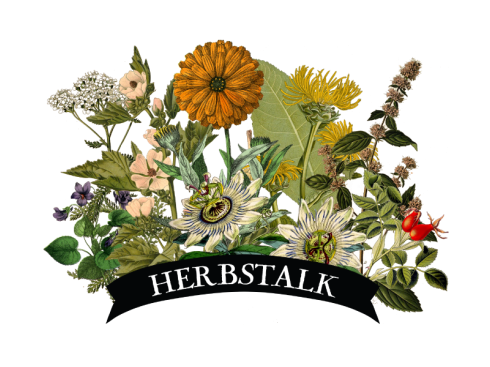
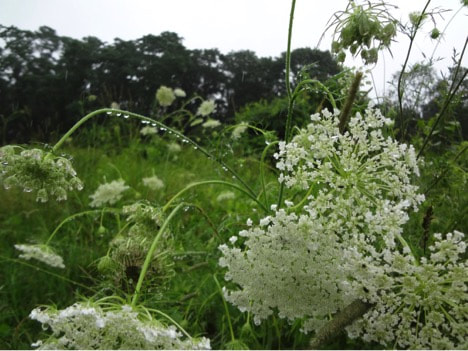
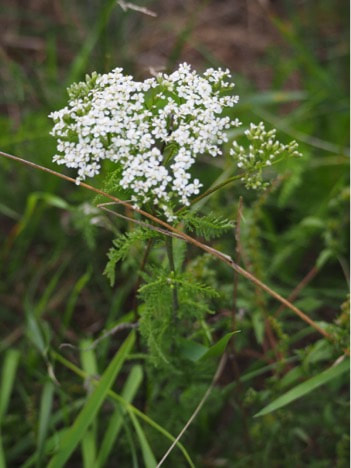
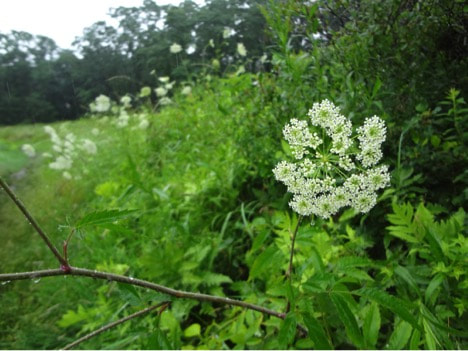
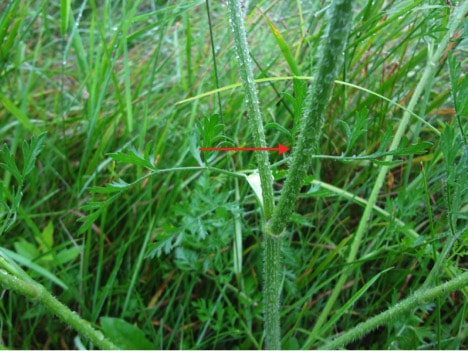
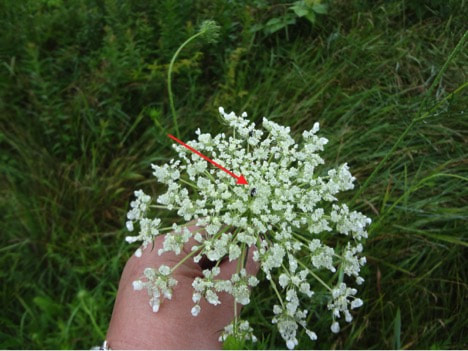
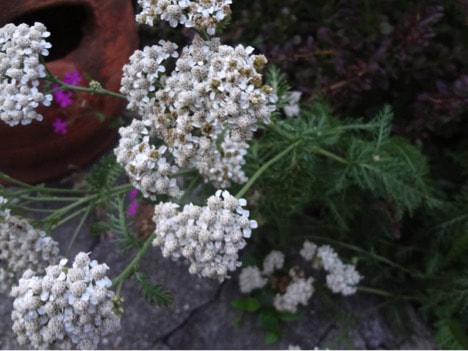
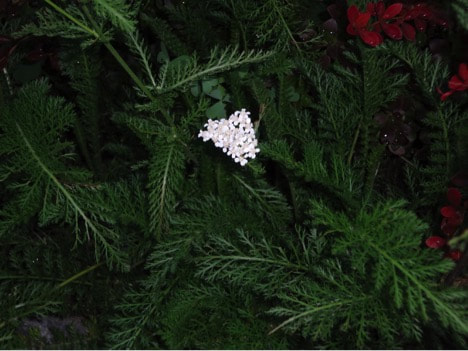
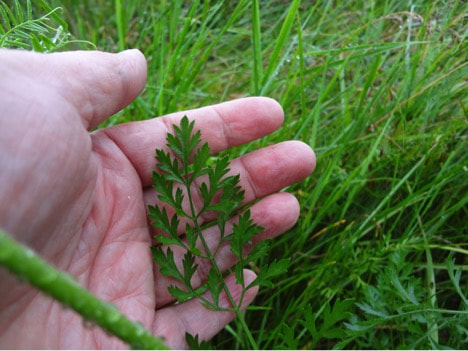
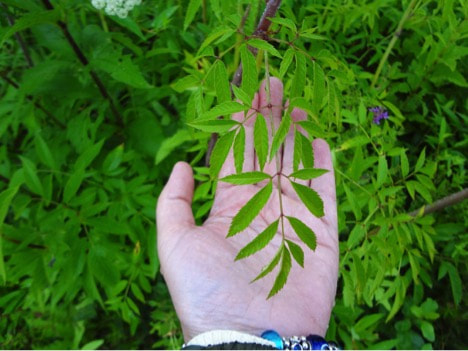
 RSS Feed
RSS Feed